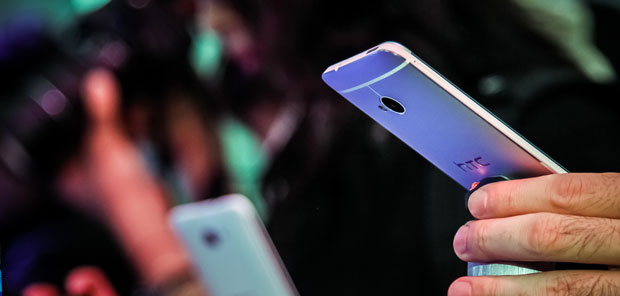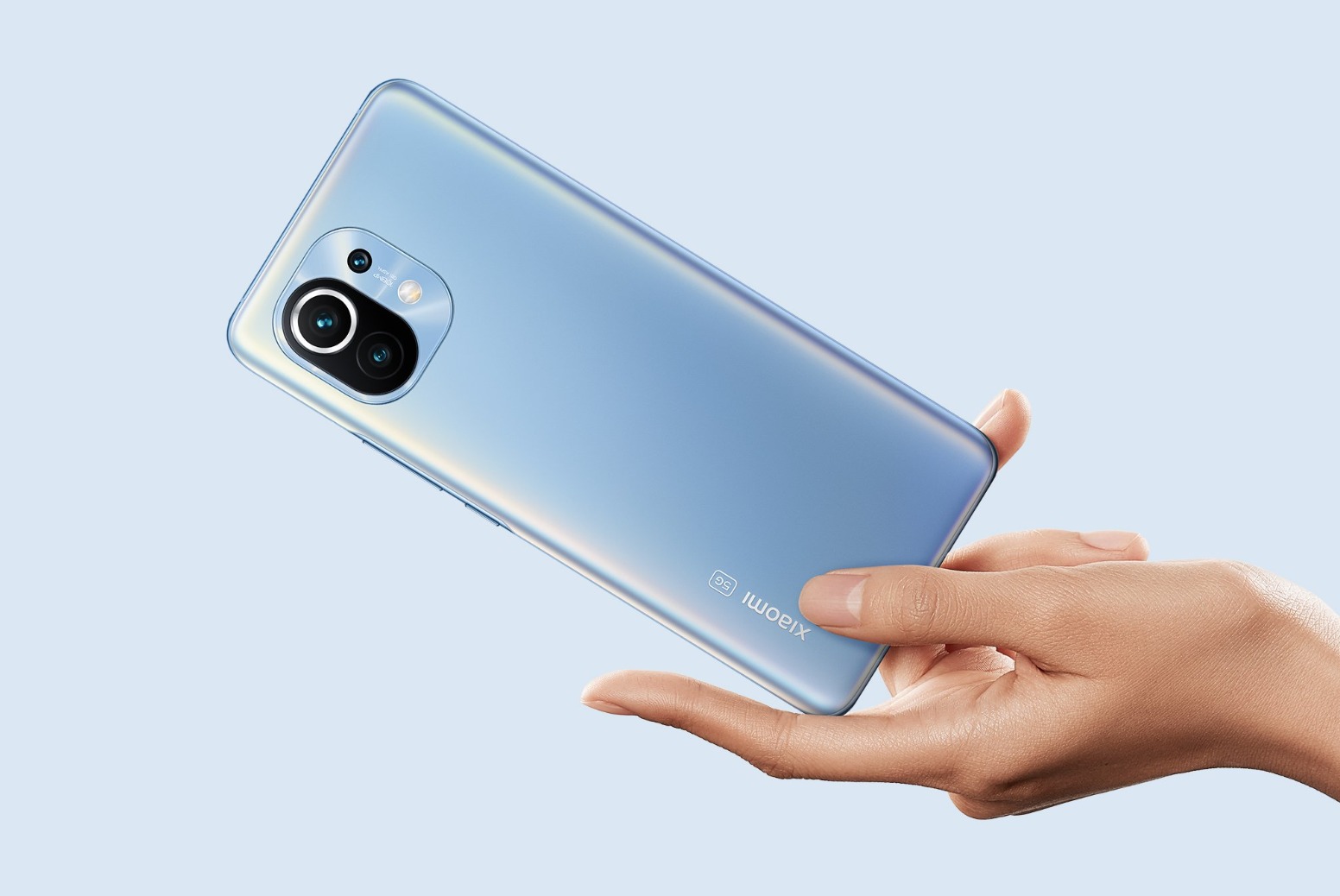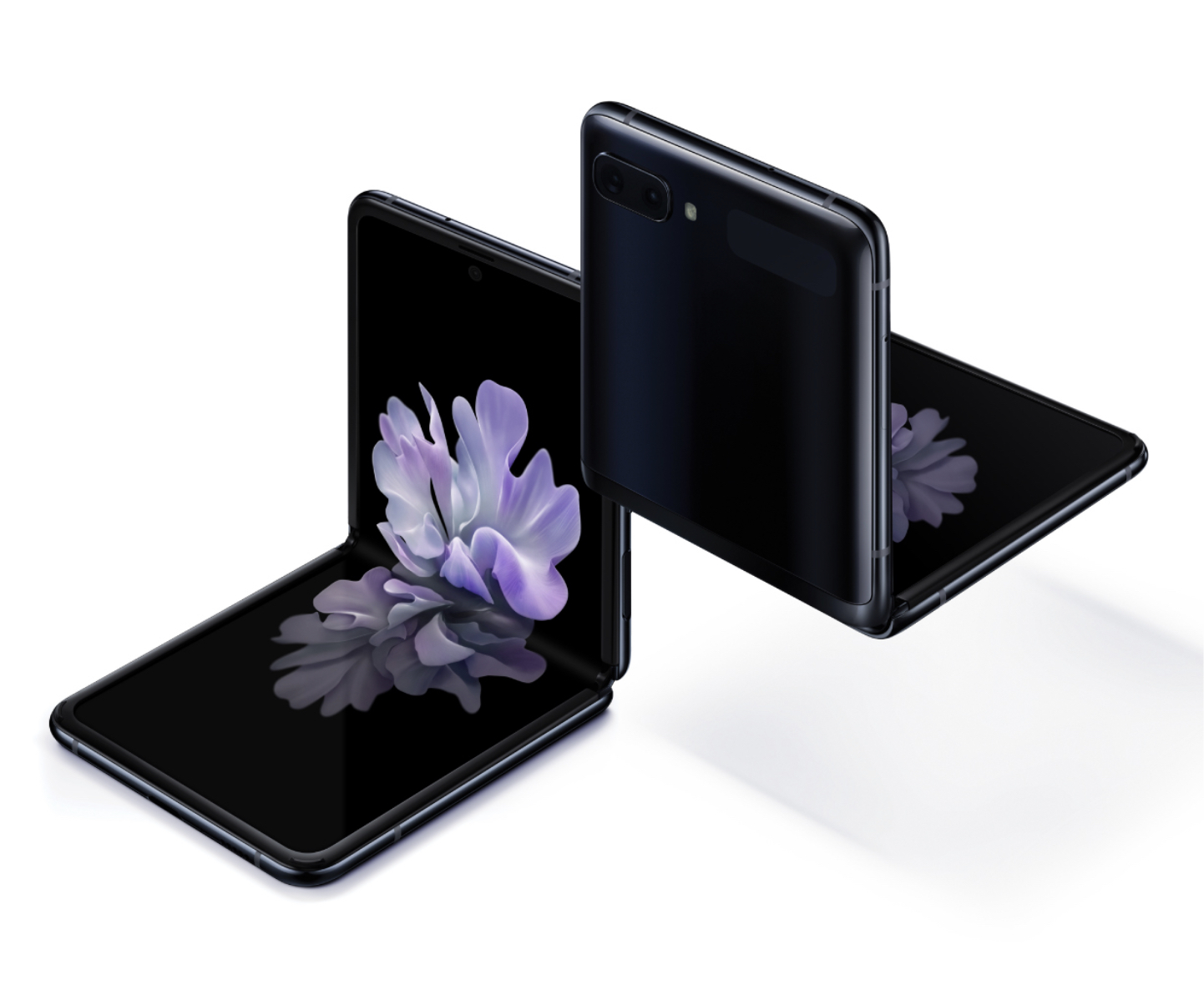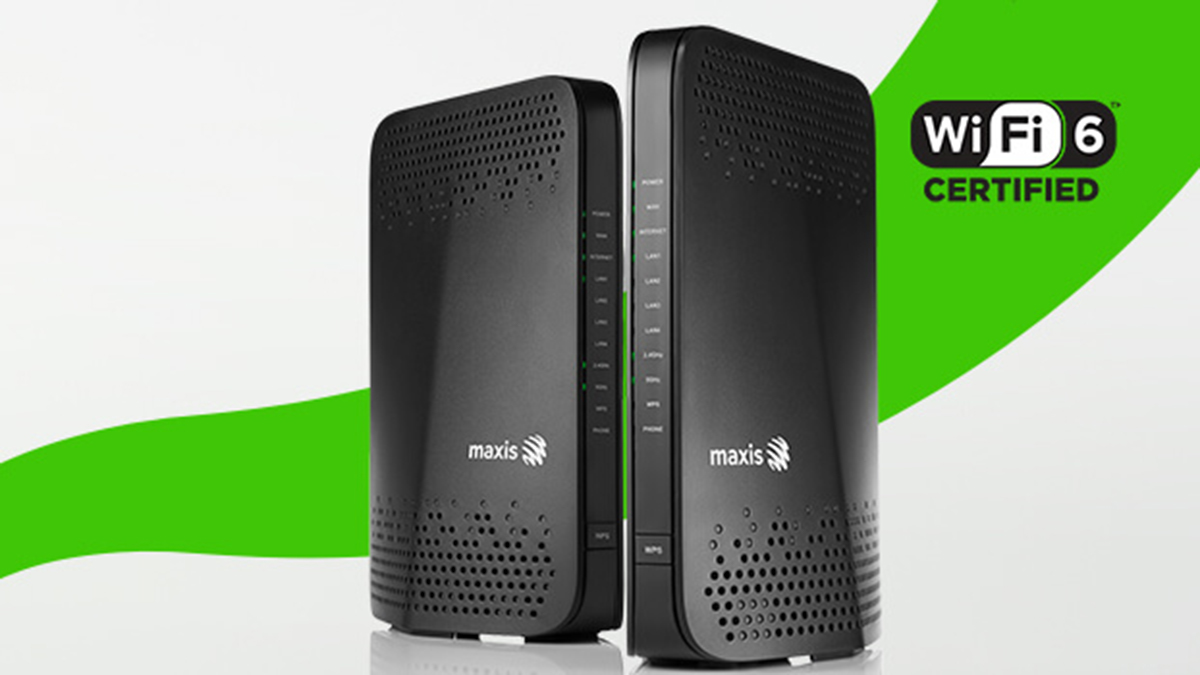HTC One
I’ve always been a fan of the HTC design language and build quality (I still own the HTC-made Nexus One), although not HTC Sense. The pinnacle was the HTC One X, its flagship in 2012 that exuded sexiness, desirability and boasted top-of-the-line specs. It certainly gave consumers a true Samsung GALAXY S3 and iPhone 4s-beater at that time.
With the follow up HTC One, HTC again proved its prowess in designing and producing extraordinary phones. With build quality only seen on the iPhone, the HTC One is exquisitely built – metal unibody, zero gap and slim.
What’s important though was that HTC took the time to re-think and re-work HTC Sense, removing much of its bloatedness and added much refinement, fluidity and speed to its venerable UI layer. HTC Sense 5.0 made HTC Sense actually liveable with, and loveable. The new Sense brought with it HTC BlinkFeed, a visual aggregation of your most loved news and social feeds on your Home screen.
The HTC One’s winning points doesn’t end there, though. Like Apple’s direction in smartphone camera optics, HTC turned the megapixel race on its head, opting to go the route of bigger pixels with its UltraPixel technology. Less overall megapixels, but it doesn’t quite matter. Bigger pixels means more light, translating into better low-light images. Win.
The other huge win for the HTC One is its outstanding battery life, thanks to its bigger battery and ultra smart software power management.
Continued next page > Sony Xperia Z1










